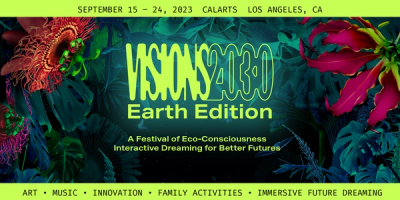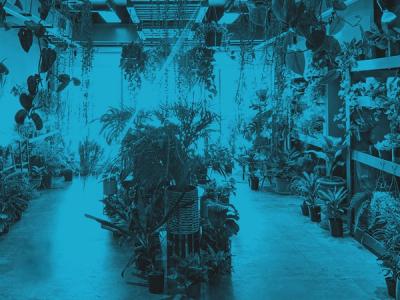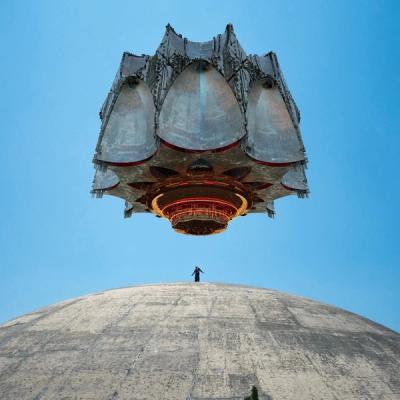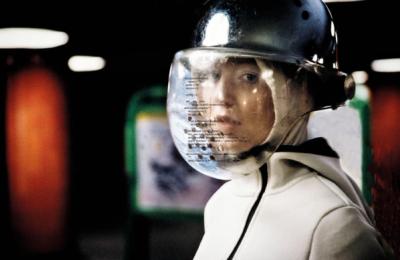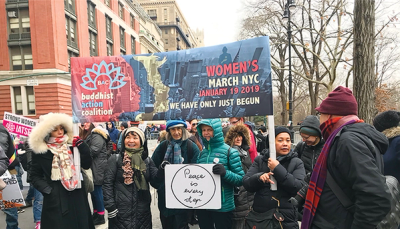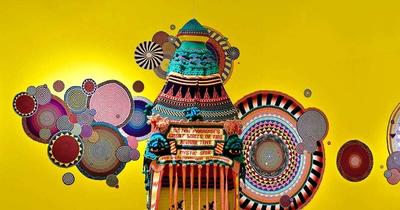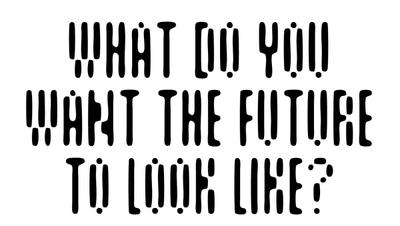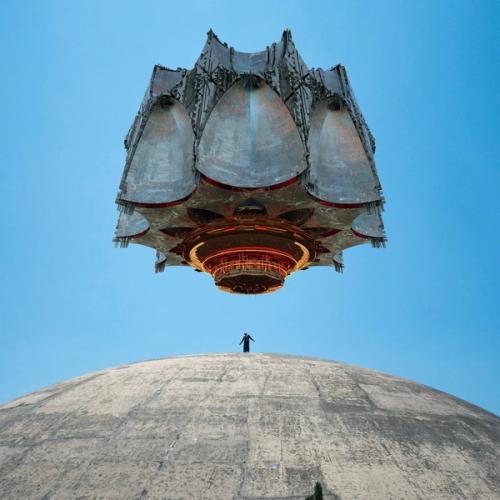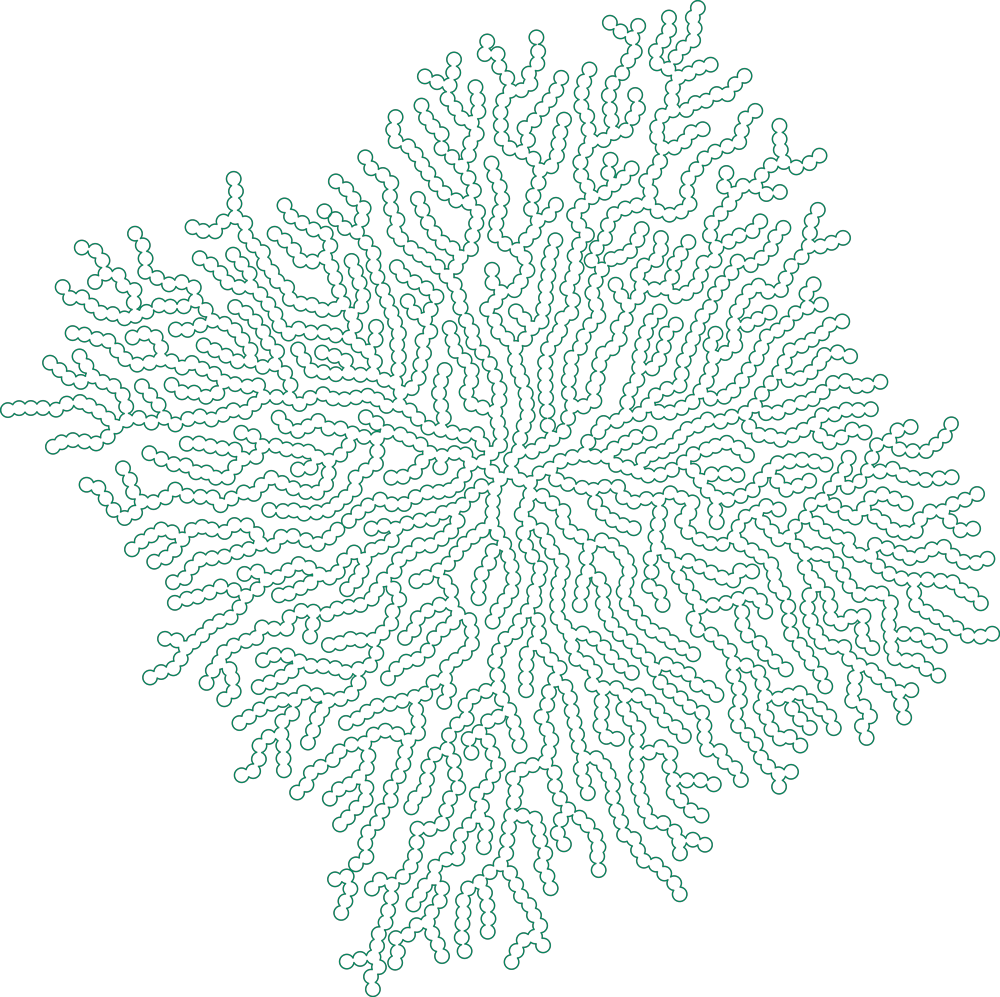
Vandana Pawa is a community-driven writer and educator currently working at the Asian American Writers Workshop.
Asian Americans are the fastest growing ethnic and racial group in the United States. This rise can be seen in every single state in the country, including where the overall population is shrinking. By the year 2030, the population of Asians in the U.S., which the Pew Research Center currently estimates to be around 19 million people, will increase to nearly 25 million. This surge comes at a time of increasing hate-related violence against the community. So when we envision the future of Asian America through the lens of literature, safety for our community is of the greatest importance. How can we create when our days are rooted in fear? A creative future for Asian America is first and foremost a safer one: with the eradication of poverty and hunger, environmental protection for our lands, and the ability to exist beyond the borders that violently keep us apart.
What does literature do for us when we seek to envision what’s to come? It uncovers histories that otherwise go untold, showing us where we come from so we can better understand where we are going. Sunisa Manning’s A Good True Thai tells the (fictional, but inspired by true events) tale of students in Thailand’s 1970s protests against authoritarianism. It was published in 2020, just as students in Bangkok began organizing rallies for democracy — in the same vein as the characters of the story.
Literature also reimagines the way children see themselves, helping young girls to look in the mirror and begin to love rather than loathe what they see. Shelly Anand’s Laxmi’s Mooch, celebrates a young Indian-American girl’s journey towards self-love and acceptance of her own body and hair, after she has been teased by her classmates.
Literature allows for love of all kinds, love across gender and culture and creed, love once forbidden, to unfold, without fear. K-Ming Chang’s Bestiary dives into the sapphic love story of two main characters and their queer ancestors, told through Taiwanese, Chinese, and Fujianese folk tales.
Books grant us an intimate glimpse into extraordinary lives of movement-makers, memorializing the innermost thoughts of revolutionaries. Yuri Kochiyama’s Passing It On is half-diary, half-scrapbook, a memoir from a prolific activist seen through her own lens.
Literature holds our hands in the kitchen as we desperately try to remember a stir-fry recipe from a grandparent’s kitchen years ago, as in Mayukh Sen’s Tastemakers, which weaves together histories of food and migration to honor the immigrant women who influence how we consume.
Asianness is not homogeneous. The vastness of Asian American literature can be easily seen in just a short list, spanning genres. In the community we have already spent decades fighting to disband the Western conception of Asians as a perceived monolith. So of course, it does not serve us to imagine and build a future rooted in the idea that to be Asian means only one thing. But what can serve us beautifully is the ability for us to relate to one another. Asian-ness is not homogeneous, but it is filial. It is communal. The work towards sustaining our collective future must be intergenerational.
Empowering the act of creation across generations in Asian America must be a priority. In a space that, in the mainstream, can often make it difficult to prioritize creative work over other forms of labor, cultivating a culture of creativity is key. This is made even more difficult by the constraints of the “model minority” myth — outsiders perceive our communities to be made up entirely of workers in STEM fields, so we are often put into these boxes despite a desire to pursue creative work. An open celebration of the arts from a young age is important when it comes to fostering this shift in culture, in order to nurture — for those of all backgrounds, with all levels of experience — a true love of the written word, whether that is through consumption or creation. The future of Asian literature lies in the hands (pencils? pens? keyboards?) of the next generation of novelists, poets, essayists, journalists — a generation that we need to invest in now. This investment includes the intergenerational work of translating the words of our elders to increase the accessibility and longevity of their stories; it includes building archives of their lived experiences to ensure that what once only existed through oral tradition does not get lost in time. It includes the acceptance of forms of literature that were not always considered valuable: graphic novels, illustration, song lyrics, video essays, recipes, fanfiction. It includes less policing of grammar by the elite, allowing for a usage of language that extends beyond the rules that dictate who can speak and write, making space even for children to create literature for other children.
When we use literature as our map, anything is possible. Literature already is, and has been, imagining the future of Asian America — and beyond. We have seen writing shape human behavior since the beginning of time. So when the written word shows us that something can exist on a page, why don’t we believe that it can exist beyond the page, that it can exist in our lives? Our blueprint is there — we just need to build it.
Cover Image: Saks Afridi, Yassin Alsalman (a.k.a. Narcy), Roï Saade, and Tamara Abdul Hadi, SpaceTime album cover image, 2018. Courtesy the artists.

















